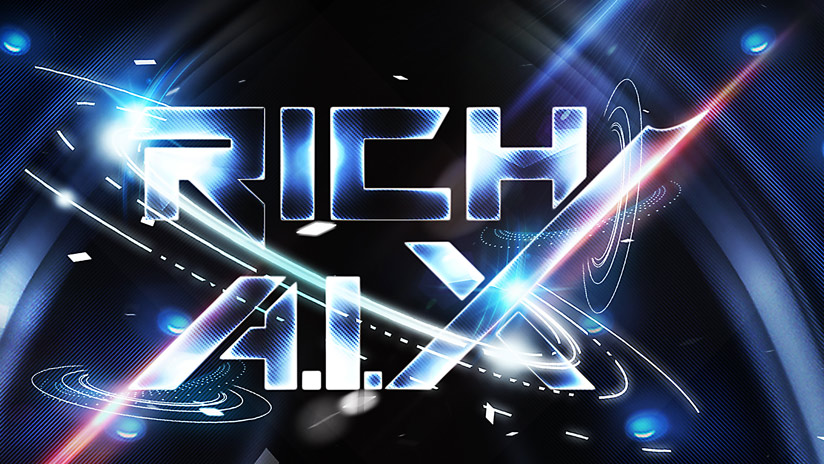What is Generative Adversarial Networks (GANs) #dothingsyoudontwanttodo
Generative Adversarial Networks (GANs) can produce media text, along with other forms of synthetic media like images, audio, and video. GANs consist of two competing neural networks, a generator and a discriminator, which are trained together. The generator creates new data—such as text—while the discriminator tries to distinguish between real and generated text. Through this iterative process, GANs learn to create increasingly realistic and contextually relevant text, contributing to applications like chatbot responses and natural language generation.
How GANs Generate Text
Generator: This network takes random noise as input and produces synthetic text, aiming to mimic the style and patterns of a real text dataset.
Discriminator: This network receives both real text from the training data and the generated text from the generator. Its goal is to correctly classify which is real and which is fake.
Training: The generator learns from the feedback of the discriminator, continuously improving its ability to produce text that the discriminator cannot easily identify as artificial.
Applications of GANs for Text Generation
Chatbot Responses: GANs can generate coherent and contextually relevant text to provide more natural and engaging chatbot responses.
Data Augmentation: For training other machine learning models, GANs can create synthetic text data to expand datasets, which is useful in scenarios where real data is limited.
Natural Language Generation: They contribute to various natural language generation tasks, helping in the creation of diverse textual content.
Challenges in GANs for Text
Training Instability: Training GANs for text generation can be challenging and often requires careful adjustment of hyperparameters.
Mode Collapse: The generator might produce limited variations of the same type of output, leading to a lack of diversity in the generated text.
Generative Adversarial Networks (GANs) can produce media text, along with other forms of synthetic media like images, audio, and video. GANs consist of two competing neural networks, a generator and a discriminator, which are trained together. The generator creates new data—such as text—while the discriminator tries to distinguish between real and generated text. Through this iterative process, GANs learn to create increasingly realistic and contextually relevant text, contributing to applications like chatbot responses and natural language generation.
How GANs Generate Text
Generator: This network takes random noise as input and produces synthetic text, aiming to mimic the style and patterns of a real text dataset.
Discriminator: This network receives both real text from the training data and the generated text from the generator. Its goal is to correctly classify which is real and which is fake.
Training: The generator learns from the feedback of the discriminator, continuously improving its ability to produce text that the discriminator cannot easily identify as artificial.
Applications of GANs for Text Generation
Chatbot Responses: GANs can generate coherent and contextually relevant text to provide more natural and engaging chatbot responses.
Data Augmentation: For training other machine learning models, GANs can create synthetic text data to expand datasets, which is useful in scenarios where real data is limited.
Natural Language Generation: They contribute to various natural language generation tasks, helping in the creation of diverse textual content.
Challenges in GANs for Text
Training Instability: Training GANs for text generation can be challenging and often requires careful adjustment of hyperparameters.
Mode Collapse: The generator might produce limited variations of the same type of output, leading to a lack of diversity in the generated text.











